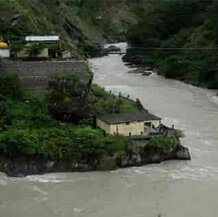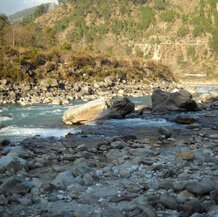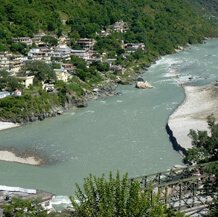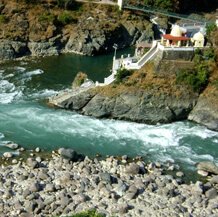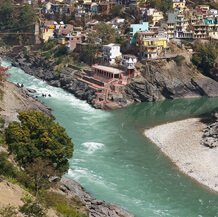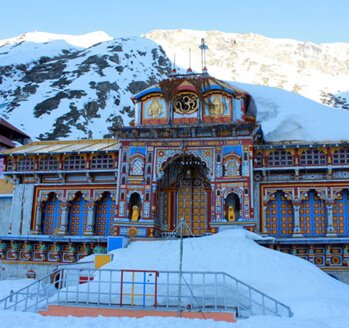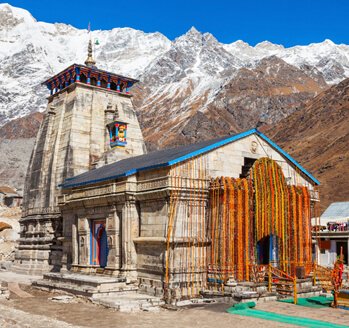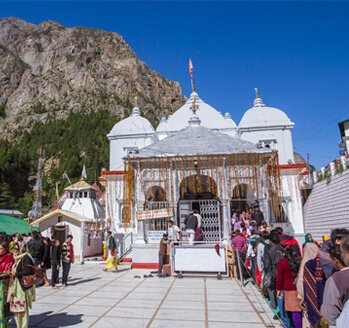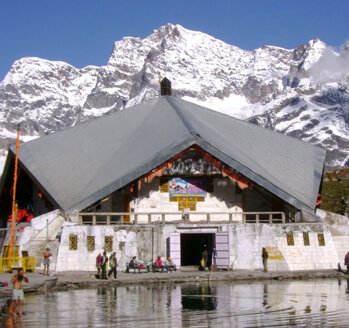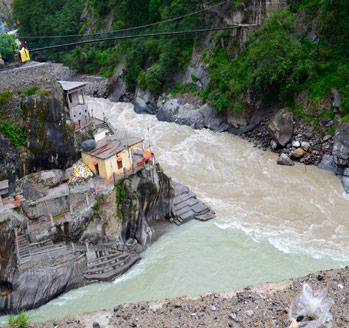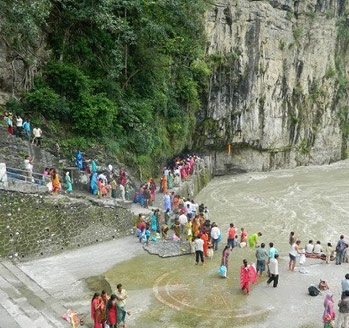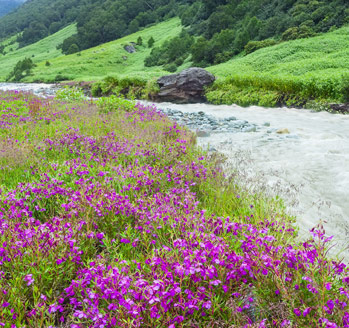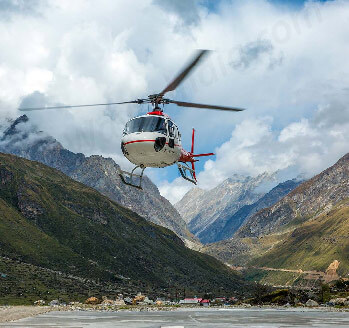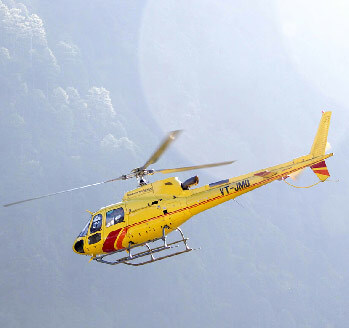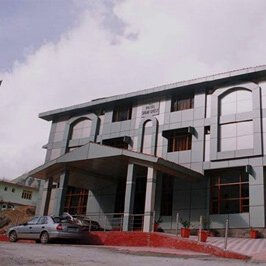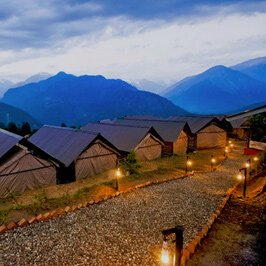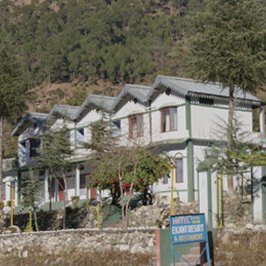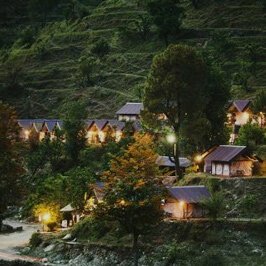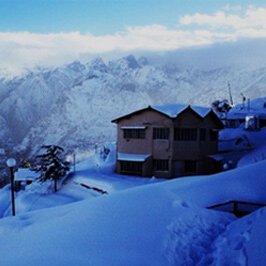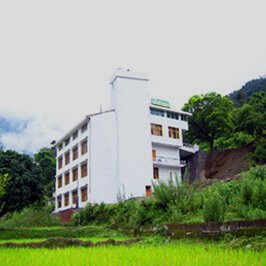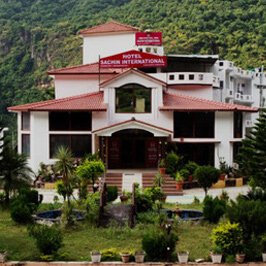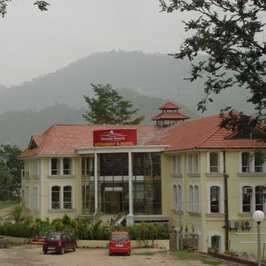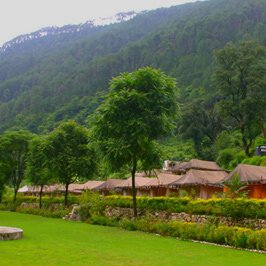5. Devprayag
Set in a wonderful natural setting, Devprayag is the last and the most important confluence among the five Prayags of the Garhwal region. Over here Alaknanda meets Bhagirathi after going through the confluences at Vishnuprayag, Nandprayag, Karnaprayag and Rudraprayag, and the sacred river of Ganga finally comes to life. Located in Tehri Garhwal district, about 73 km away from Rishikesh, Devprayag can be visited throughout the year. One can choose to pray and bath at all five prayags, starting from Devprayag, and then conclude the journey with the most sacred darshan of Lord Badrinath. Moreover, a Panch Prayag Tour can be combined with Chota Char Dham Yatra for a more fulfilling and complete pilgrimage tour in Uttarakhand.
It is believed that Lord Ram and Laxman did penance over here in order to atone for their sins of killing Ravana, a Brahmin. An old Raghunath temple, thought to be more than a thousand years old, is much revered among the devotees and is one of the 108 Divya Desams. It houses a 15 ft image of Ram, built in black granite. The temple is surrounded by four small shrines on each side, within the temple complex, belonging to Annapurna Devi, Hanuman, Shankaracharya and Garud. Other temples around Devprayag include Dhaneshwar Mahadev temple, Chandrabadni temple, Mata Bhuvneshwari temple and Danda Naggaraja.
There is an interesting astronomical observatory belonging to late Acharya Pt. Chakradhar Joshi, an astronomer and astrologer, and contains two telescopes and several books to support research in astronomy. It also contains a collection of about 3000 manuscripts gathered from all across the country. The earliest script dates back to 1677 AD.








